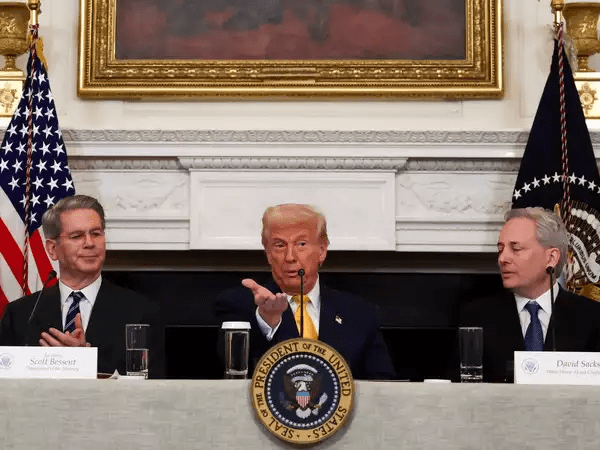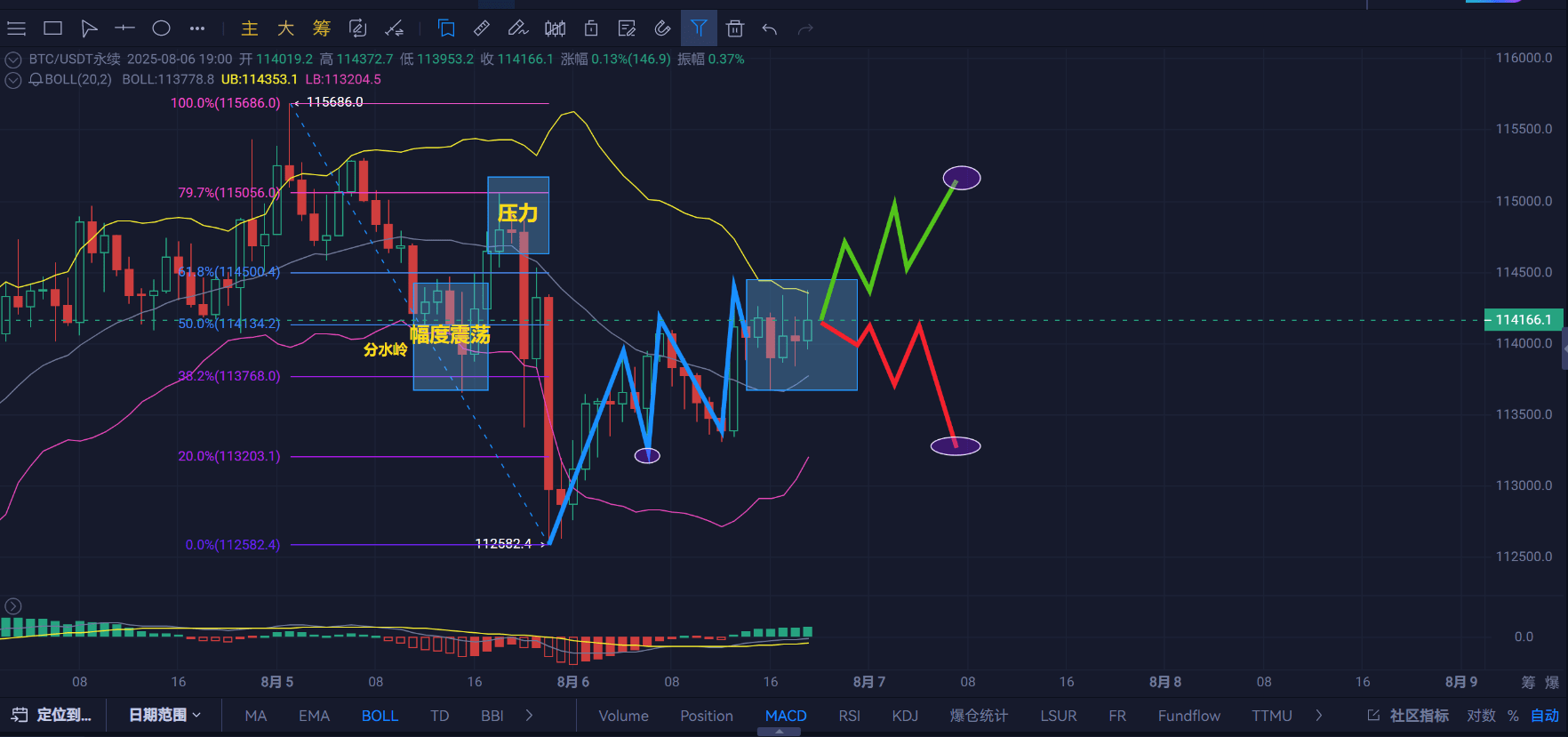A tremendous change! Trump names Vance as his successor, Rubio becomes a new variable in the crypto market, is BTC $114,000 a turning point or a starting point?

On August 6, Bitcoin (BTC) price fluctuated violently around $114,000, with a daily amplitude exceeding 3%. This volatility coincided with a 'bombshell' thrown in U.S. politics—Trump publicly declared that Vice President Vance is most likely to become the next presidential candidate and named Secretary of State Rubio as a beneficial ally. The dual storm of politics and the crypto market is pulling global investors into an unprecedented game.
1. Trump's 'crypto chess game': Vance's succession, policy continuity is key
Trump's statement is no coincidence. In March 2025, he signed an executive order to establish a 'U.S. Strategic Bitcoin Reserve', incorporating BTC into national assets; in July, he further pushed for the (Genius Act) legislation to provide a regulatory framework for stablecoins. This series of actions indicates that cryptocurrency has become a core tool for the Trump administration to reshape the dominance of the dollar.

And Vance, as Trump's 'political disciple', is closely watched regarding his policy inclinations. According to the (Washington Post), Vance has publicly supported incorporating Bitcoin into the national strategic reserve and advocates enhancing the international settlement capacity of the dollar through stablecoin technology. If he takes over as president, the U.S. crypto-friendly policies are likely to continue, and market confidence may be further ignited.
2. Rubio's 'dual role': Can hawkish diplomacy loosen regulations for the crypto market?
Although Rubio has been given the dual identity of 'Secretary of State + National Security Advisor' by Trump, his actual influence on the crypto market remains questionable. On one hand, the hardline policy towards Russia that he leads has indirectly boosted Bitcoin's 'safe-haven attribute'—during the Russia-Ukraine conflict, BTC prices showed a strong negative correlation with gold and the dollar index; on the other hand, the (Anti-Central Bank Digital Currency Monitoring Act) he promoted, while curbing central bank digital currencies (CBDCs), also exposes the contradictory mindset of the U.S. towards crypto market regulation.
What is even more concerning is that Rubio's team has been reported to handle crypto policy matters using personal email, and information security vulnerabilities may lead to policy execution risks. If this 'unprofessional operation' continues, it could exacerbate market concerns about policy stability.

3. BTC $114,000: The life-and-death struggle between technical and fundamental factors
Returning to the market itself, BTC's correction on August 6 was no coincidence:
Technical pressure: The BOLL indicator shows that the price forms a 'central oscillation' around $114,000, with the Fibonacci 61.8% retracement level ($114,500) becoming a key resistance;
Fundamental impact: U.S. July non-farm data disappointed, with unemployment rising to 4.3%, triggering a 'Sam's Rule' recession warning, and funds are seeking refuge in the dollar in the short term;
Policy catalyst: The Trump administration is brewing a new round of tariff negotiations with China; if negotiations break down, Bitcoin could become a hedging tool.
But in the long run, Bitcoin's 'digital gold' narrative continues to strengthen. A CoinShares report points out that if BTC occupies 10% of the global gold market value, its price will break $300,000. And the current MVRV Z-Score indicator is far from historical peaks, suggesting there is still room for growth.

4. The 'Trump effect' in the crypto market: opportunities and risks coexist
Trump's administration's crypto policy has triggered a chain reaction:
Institutional entry accelerates: Companies like MicroStrategy continue to increase their BTC holdings, promoting a 'coin-stock linkage' strategy;
The rise of stablecoins: After the passage of the (Genius Act), the market size of stablecoins such as USDT and USDC grew by 40% within six months;
Geopolitical games escalate: The U.S. attempts to bind Saudi Arabia and European allies through stablecoin technology, weakening the internationalization process of the RMB.
But the risks are also significant: if the Democratic Party regains power in 2026, crypto policies may face a 180-degree turn; additionally, the Bank for International Settlements warns that stablecoins have 'anonymous money laundering' loopholes, and stricter regulations may come at any time.
Personal opinion:
BTC forms a technical 'central oscillation' at $114,000, with the BOLL indicator showing the price under pressure at the Fibonacci 61.8% retracement level. In the short term, influenced by the disappointing U.S. non-farm data and uncertainties in U.S.-China tariff negotiations, funds are seeking refuge in the dollar; in the long term, if BTC occupies 10% of the global gold market value, the price could break $300,000, and the current MVRV Z-Score remains in the safe zone. With policy catalysts and geopolitical games, is $114,000 a turning point or a starting point? The answer lies in the key events of August.#加密市场回调 #BTC
For those who can't grasp the market, they can pay attention to the K-line judge, keep the rhythm, and welcome the bull market together!!!$BTC